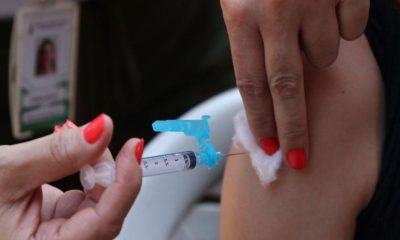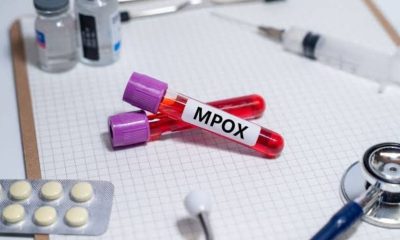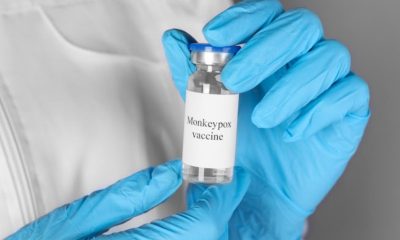Little known but widespread: our expert describes HPV from A to Z
Follow Us @
Little known but widespread: our expert describes HPV from A to Z
– how to remain healthy, health and wellbeing, latest symptoms and treatments.


ADVERTORIAL
Cath Luyten, An-Katrien Casselman and Flo Windey asked all their questions about HPV to our expert Dr. Vergauwen, gynaecologist, during an awareness campaign about the Human Papillomavirus, better known as HPV.
What is HPV?
The Human Papillomavirus is a family of viruses with more than 200 types¹, which specifically infect the skin and mucous membranes of both men and women². These viruses are mainly transmitted through sexual contact and intimate skin-to-skin contact. More than 80% of sexually active people will be infected during their lifetime³.
In 90% of cases², an HPV infection goes unnoticed, but certain types of HPV remain dormant in the body and can cause genital warts or cancer (cervix, vagina, vulva, anus, penis, head and neck) without immediate symptoms. The Human Papillomavirus is responsible for 99% of cervical cancer cases².
How can the risk of new infection be reduced?
It is of course advisable to get vaccinated at a young age (recommended from the age of 9), but the HPV vaccine can also protect you as an adult.
Is it too late to get vaccinated?
No, because even if you have already had an HPV infection, vaccination can still protect you against the HPV types present in the vaccine.
How can the consequences of an infection be limited?
HPV prevention is an important public health issue. By protecting ourselves through vaccination and regular Pap smears, we can significantly reduce the risk of HPV-related cancers and diseases. Talk to your doctor for personalized advice and help raise awareness of this critical health issue for those around you.
1. ECDC 2020. Guidance on HPV vaccination in EU countries: focus on boys, people living with HIV and 9-valent HPV vaccine introduction (europa.eu). Last access: 03/2024..
2. Conseil Supérieur de la Santé. Vaccination against infections caused by human papillomavirus. Brussels : CSS; 2017. Avis n° 9181.
3. Chesson HW et al. The estimated lifetime probability of acquiring human papillomavirus in the US. Sex Transm Dis 2014;11:660-664
This is a communication from the MSD laboratories. This article reflects the views of the authors and not necessarily those of MSD.
BE-NON-02197 – Date of last revision:06/2024
Little known but widespread: our expert describes HPV from A to Z
Follow AFRILATEST on Google News and receive alerts for the main news about celebrities, soap operas, series, entertainment and more! Little known but widespread: our expert describes HPV from A to Z
SHARE POST AND EARN REWARDS:
Join our Audience reward campaign and make money reading articles, shares, likes and comment >> Join reward Program
FIRST TIME REACTIONS:
Be the first to leave us a comment – Little known but widespread: our expert describes HPV from A to Z
, down the comment section. click allow to follow this topic and get firsthand daily updates.
JOIN US ON OUR SOCIAL MEDIA: << FACEBOOK >> | << WHATSAPP >> | << TELEGRAM >> | << TWITTER >
Little known but widespread: our expert describes HPV from A to Z
#widespread #expert #describes #HPV



 Online Earning2 months ago
Online Earning2 months agoSee the details about the fall of Bitcoins



 Trending Game3 months ago
Trending Game3 months agoDying Light 2 – 7 tips to do well in the zombie adventure



 Culture3 months ago
Culture3 months agoDiscover the Nike Run SP routes



 Trending Game3 months ago
Trending Game3 months agoDRAGON BALL Sparkling! ZERO rips through the skies on October 11th



 Trending Game3 months ago
Trending Game3 months agoVictory Heat on Asphalt: Victory Heat Rally Is Coming!



 Trending Game3 months ago
Trending Game3 months agoSeason of the Reptile Arrives in Mortal Kombat 1 with Trailer



 Trending Game3 months ago
Trending Game3 months agoSonic and Friends appear in Super Monkey Ball Banana Rumble



 Trending Game3 months ago
Trending Game3 months agoCheck out the 10 best GTA V mods



























